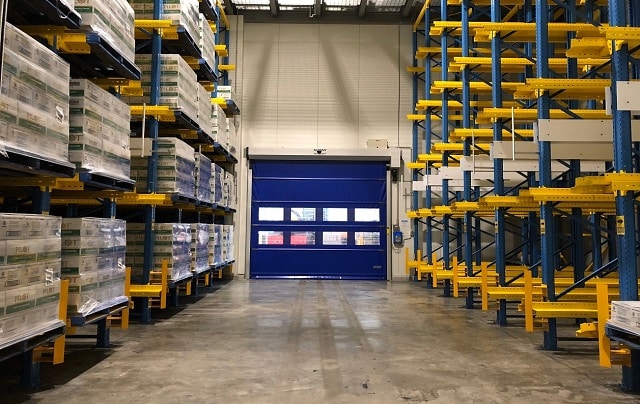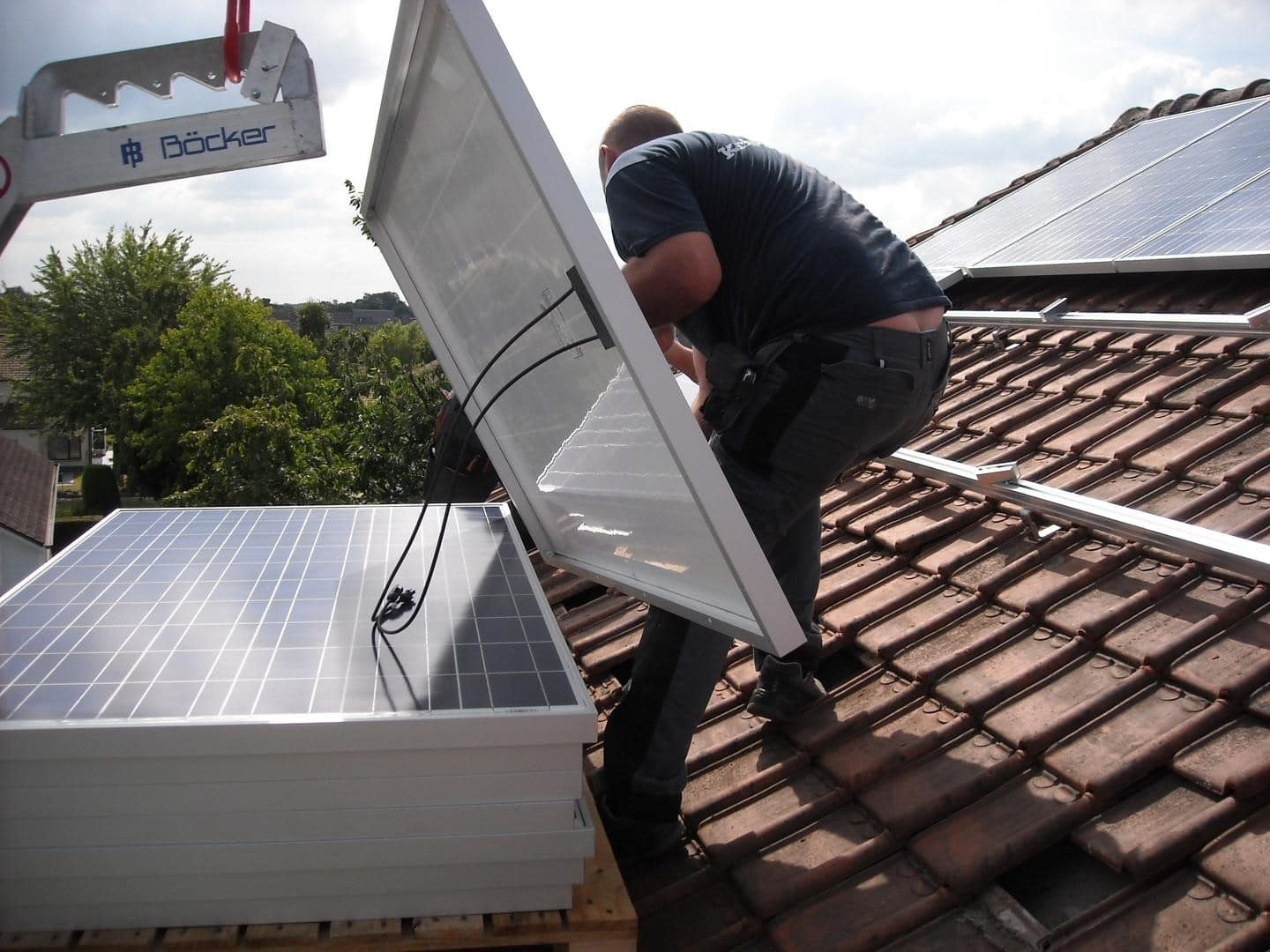
6 Tips for Creating a More Energy Efficient Warehouse Environment

Upgrading energy efficiency in your warehouse operation can prove beneficial to your business in many ways. Improving your green credentials not only increases your business reputation but also makes you stand apart from your competitors when it comes to attracting environmentally-conscious customers. However, the most significant benefit of having a green warehouse environment is the financial implication. Saving energy equals saving money, which should be a goal every business should strive for. The warehouse is a great place to start with this policy, as these structures have become notoriously synonymous with excessive energy use – for lighting, heating, transport, packaging, etc. Here are a few considerations for a more sustainable warehouse operation.
Give sustainability a green light
Every warehouse needs industrial grade illumination, but there are many ways to achieve this and stay on the power-saving side, including natural light sources such as skylights and roof windows, as well as highly-efficient bulbs. The simplest way to reduce your electricity bill through lighting is to remove the older, inefficient bulbs and replace them with LEDs, which aren’t only incomparably more energy-efficient, but also last up to ten times longer than metal-vapour bulbs, making your investment even more justified. Taking a step further, consider installing skylights to make the most out of the natural light for the better part of daytime shifts. While initially, the savings might seem insignificant, reducing the number of electric lights every day times 365 will give your money back.
Follow the schedule
Sticking to a schedule is essential in making sure the operations are running as smoothly and efficiently as possible. One aspect of warehouse operations that needs your special attention are the forklifts. While they may never travel great distances within the warehouse, these trucks can accumulate extensive mileage in their lifetime. Having a set schedule and following it makes sure you know when something needs to go out or come in, reducing the number of unnecessary forklift travels. In addition, your forklift operators should be instructed to turn off the engine while manipulating the forks, i.e. loading or unloading.

Keep the heat inside
It’s nothing new that many warehouse structures are now insulated against heat loss or heat gain, depending on the climate. However, sometimes the structure itself is leaking heat or cool air through the cracks or manufacturing tolerances. In many cases, having the doors that open and close automatically can make a huge difference to your energy consumption. As a family-run business, Best Sheds offers a great degree of customization in building a variety of industrial or agricultural storage sheds, including door automation. This way, you can keep the amount of heat escaping or entering to a minimum, cutting down on the heating and cooling expenses in your warehouse operation.
Reduce wastage
For many businesses, waste is a number one environmental problem and needs to be tackled before any other, if you’re hoping to reduce your carbon footprint. Warehouses produce a range of waste materials such as packaging and wrapping materials, oils, chemicals, adhesives and batteries. While taking these to a dumpster to be taken to a landfill is the easiest option, it’s far from being environmentally-friendly or socially-responsible. Instead, dial a few numbers and see what recycling options are available at your locality and make effort to take the waste materials to separate recycling facilities, or even find ways to reuse them within your company. Certain waste materials can even be turned into energy.
Use sustainable packaging
The amount of packaging your warehouse uses is directly proportionate to the waste it produces. Insisting on efficient packaging that weighs less and costs less to ship can reduce the amount of energy needed for its transport and the amount of waste that remains. Also, consider switching from traditional packing materials to those which are biodegradable. Unlike synthetic materials which take hundreds of years to decompose, biodegradable materials are often designed to be fully compostable.
Install HVLS fans
There is a way to keep your warehouse air-conditioning system idle even through the harshest of summers. Integrated HVLS (high-volume, low-speed) fan systems are designed to move massive columns of air at low speeds, regulating the temperature of your facility all year-round from floor to rafters. A network of 26 HVLS fans with 4-metre blades can decrease or increase the thermostat setting in your facility between 3 to 5 degree, whiteout any negative temperature changes. The best thing is these fans can be controlled from a centralized location, saving from 12 to 50 percent in heating or cooling costs while keeping your operators comfortable in their work environment.
For many businesses, going green might sound a bit overwhelming, especially when all the efforts are directed to sales and staying above the competition. However, running a sustainable warehouse operation has a number of of benefits, ranging from saving on utility bills to improving your image as an environmentally-responsible business, to increasing employees’ comfort and productivity.



Post a comment